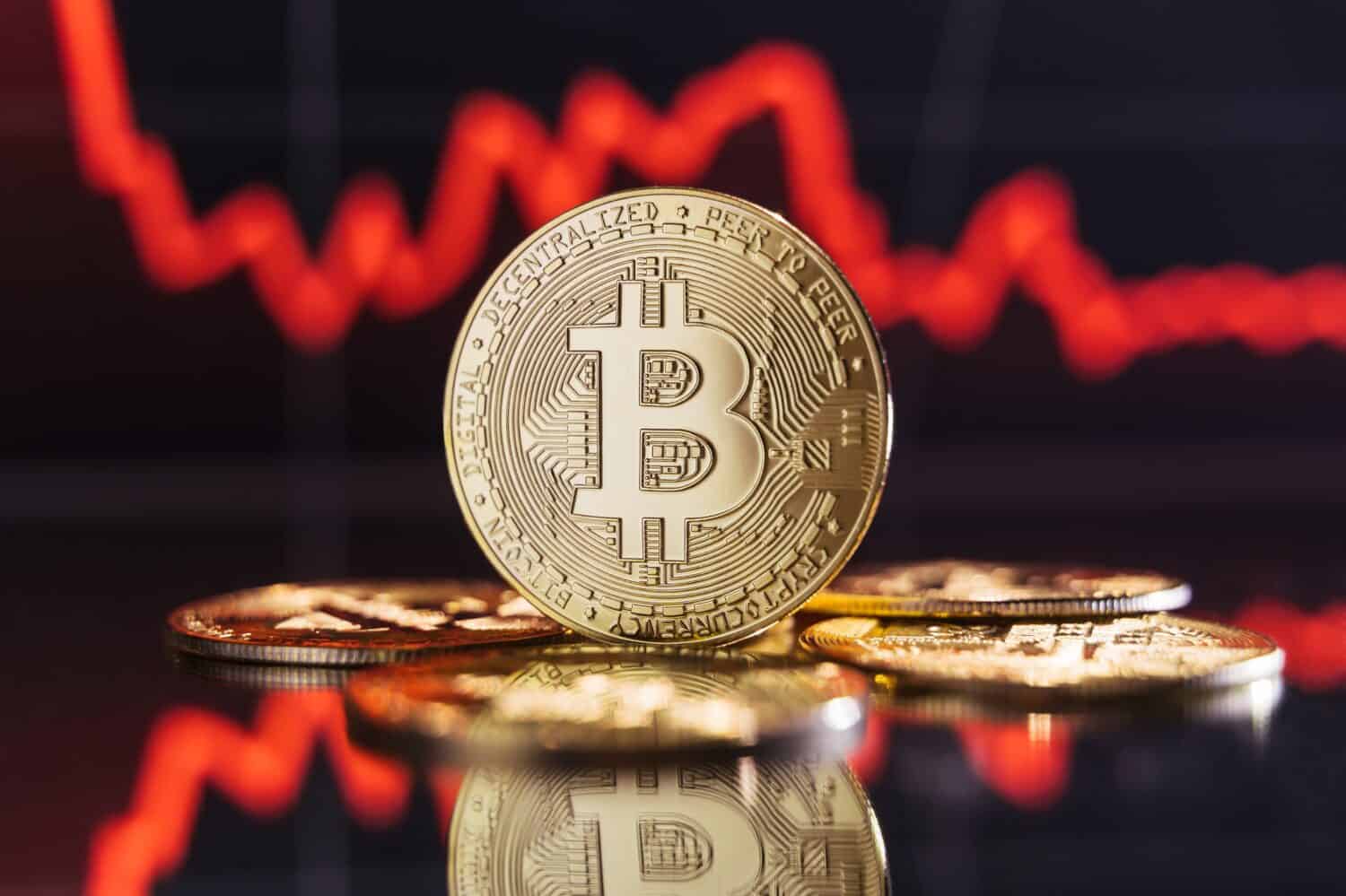Investing
MicroStrategy Wants to Massively Dilute Shareholders to Fund Its Bitcoin Dreams

Published:

MicroStrategy (NASDAQ:MSTR) wants to kick its Bitcoin (CRYPTO:BTC) buying strategy into hyperdrive, but is doing so at the expense of existing shareholders.
It just bought its latest tranche of the cryptocurrency, though at much lower volume than previous purchases. It spent $561 million on 5,262 Bitcoin tokens at an average price of $106,662 a piece, pretty much the market top, but it was still the seventh consecutive week of buying the crypto.
MicroStrategy now owns 444,262 bitcoins at an average cost of $62,267 each for a total purchase amount of $27.7 billion. It was one of the smallest buys the company made over the last two months, but now the “Bitcoin Treasury Company,” as CEO Michael Saylor calls his company, wants to slam its foot on the accelerator.
In a filing with the Securities & Exchange Commission, MicroStrategy said it wants shareholders to approve a massive increase in the number of shares outstanding to help finance the purchase of even more Bitcoin. The move would significantly dilute existing investors to fund Saylor’s bitcoin hoarding habit.

In October, MicroStrategy unveiled its 21/21 Plan, a three-year, $42 billion capital expenditure program to purchase bitcoin. The money would be evenly split with $21 billion coming from equity capital and the other $21 billion coming from fixed-income instruments such as debt, convertible notes, and preferred stock.
Its latest bitcoin purchase was paid for with equity sales of 1.3 million shares under an “at-the-market” program announced in October.
What MicroStrategy wants to do now, though, is dramatically increase the amount of stock outstanding. It is calling for shareholders to approve at a special shareholder meeting a proposal to increase the company’s authorized Class A shares from 330 million to 10.33 billion, a 31-fold expansion. It also wants approval for raising the number of authorized preferred shares from 5 million to over 1 billion, or 200 times more stock.
MicroStrategy is already careening forward on its 21/21 plan. Since announcing the program, the company has purchased 192,042 bitcoin, or approximately 42% of its planned investments in less than two months.

The Bitcoin Treasury Company was just added to the Nasdaq 100 index on Dec. 23, which should cause mutual funds and exchange-traded funds tracking the index to buy shares and increase MSTR’s stock liquidity and visibility to investors.
Yet MicroStrategy has become a levered Bitcoin built on unsustainable debt. The underlying business is in steady decline and the company is losing money. In just the third quarter alone, it lost $340 million. If Bitcoin crashes, it won’t be able to finance its debt.
MicroStrategy stock, though, is still up 426% in 2024, a massive rally on the rising value of Bitcoin, for which it has become a levered proxy. But its gains are well ahead of the cryptocurrency itself. Since peaking north of $106,000 per token one week ago, the price has tumbled 12%. MSTR’s price hit its own top of $474 per share in late November, and has plunged 39% since then.
The fall may not be done. MicroStrategy kept pace with Bitcoin’s price over the past few years as it embarked on this crypto hoarding scheme, but their price diverged significantly this year. Because MSTR has outpaced the cryptocurrency by so much, a correction in BTC could lead to a striking revaluation in MicroStrategy’s price as it returns to the mean.
Saylor’s efforts to diminish shareholder ownership in the company may not set well with investors. It’s why he’s also asking for shareholders to allow the meeting to be adjourned if it doesn’t have the votes to approve the dilution so it can have time to seek out votes in favor. It might not matter, though. Saylor owns 47% of the stock so he only needs to convince 3% of the remaining shareholders to approve it.
That may not be enough to stem the exodus from the stock if it begins plummeting sharply amid a Bitcoin correction.
If you’re like many Americans and keep your money ‘safe’ in a checking or savings account, think again. The average yield on a savings account is a paltry .4% today, and inflation is much higher. Checking accounts are even worse.
Every day you don’t move to a high-yield savings account that beats inflation, you lose more and more value.
But there is good news. To win qualified customers, some accounts are paying 9-10x this national average. That’s an incredible way to keep your money safe, and get paid at the same time. Our top pick for high yield savings accounts includes other one time cash bonuses, and is FDIC insured.
Click here to see how much more you could be earning on your savings today. It takes just a few minutes and your money could be working for you.
Thank you for reading! Have some feedback for us?
Contact the 24/7 Wall St. editorial team.